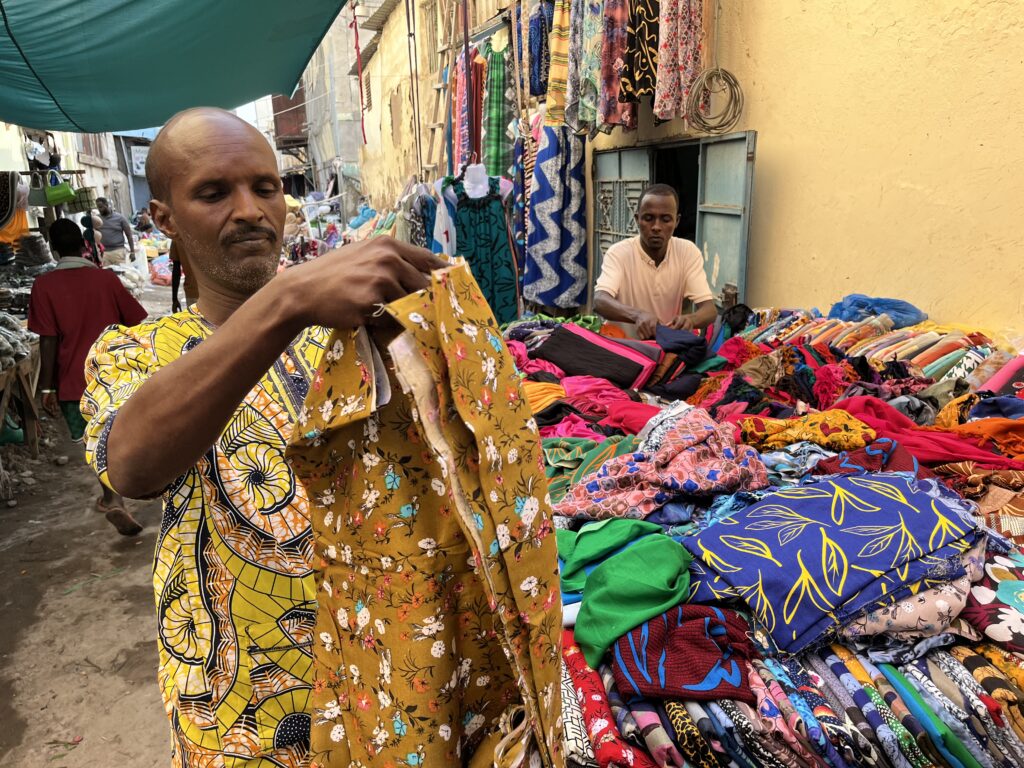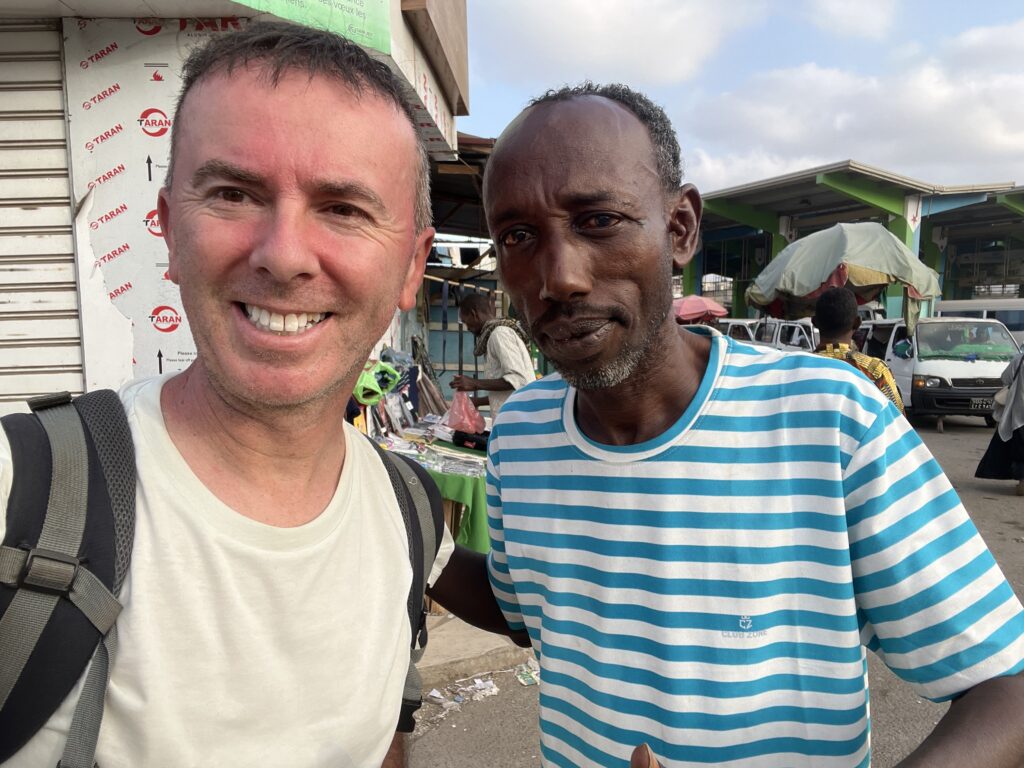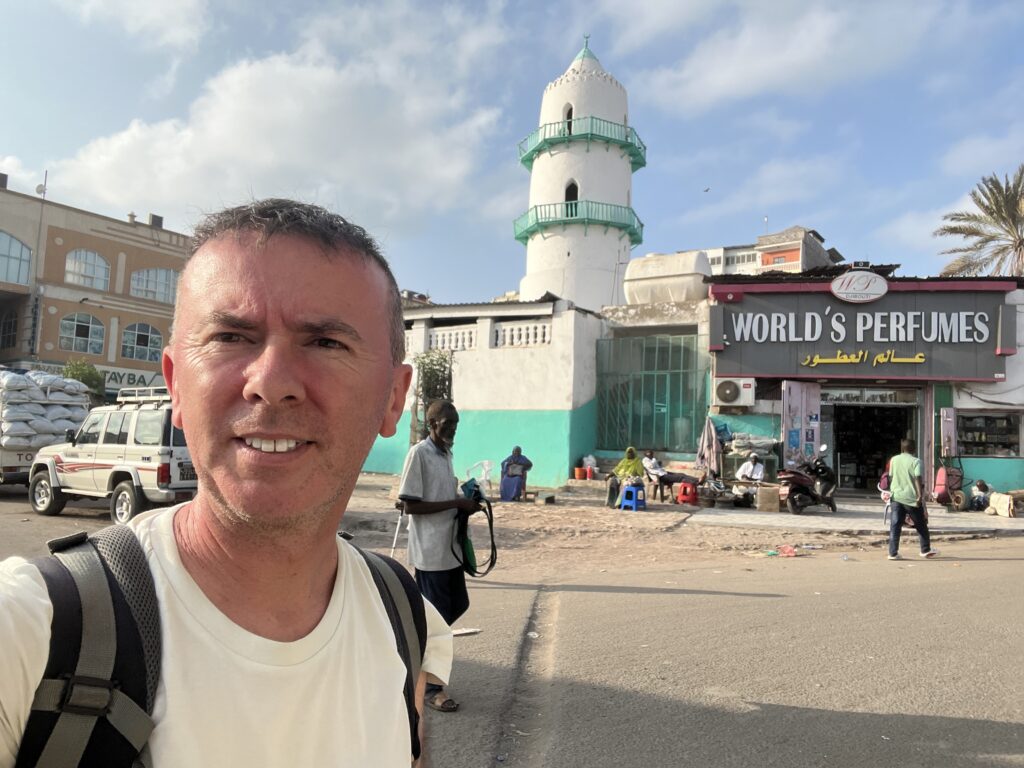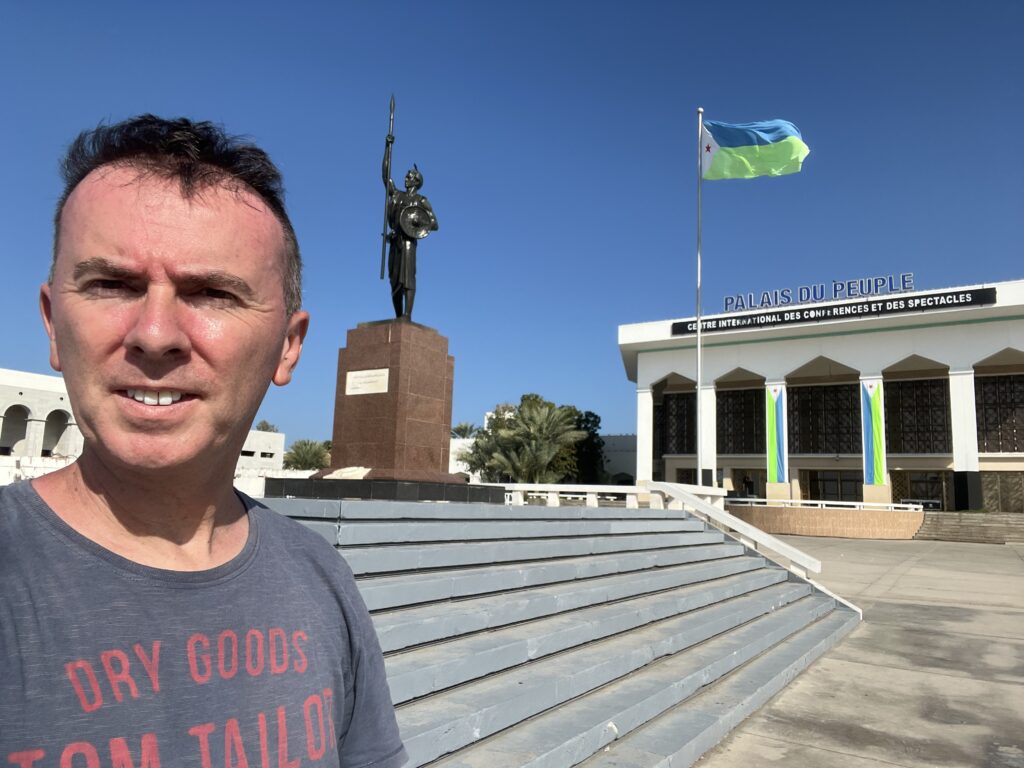
Djibouti was the first country I visited on a trip through the Horn of Africa. Djibouti is a tiny country in East Africa and one of the least visited countries in the world. I bet many people don’t even know that the country exists. Therefore, it is obvious that there are not so many possibilities to travel to Djibouti. Djibouti offers some sensational landscapes. Lake Abbé or Lake Assal for example look like from another planet.The country, characterized by arid landscapes, rugged mountains, and salt flats, boasts unique geological formations.
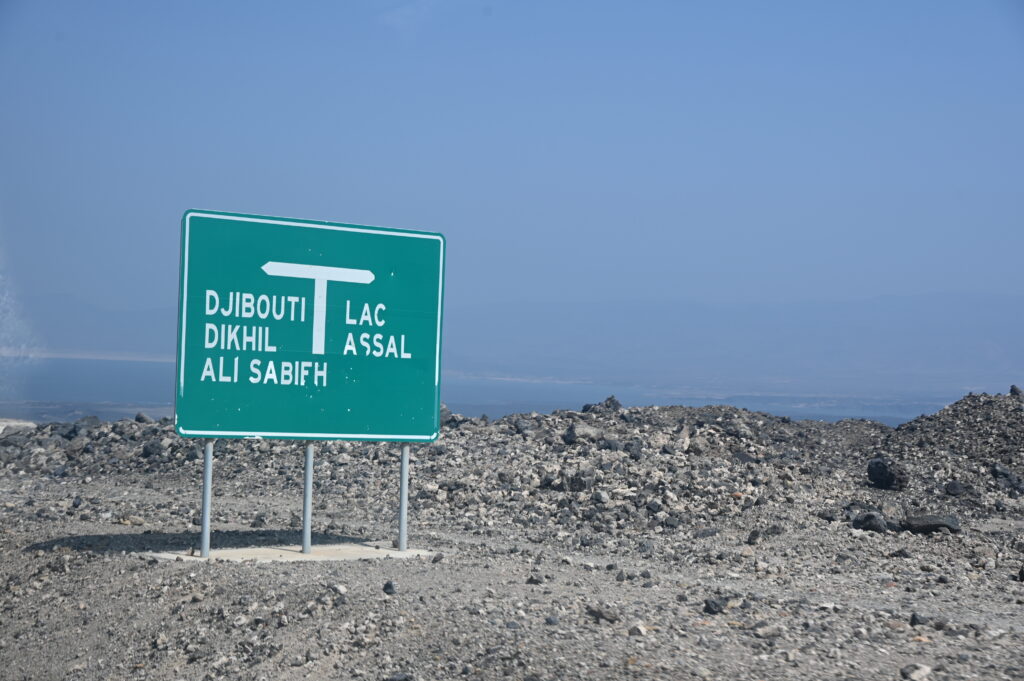
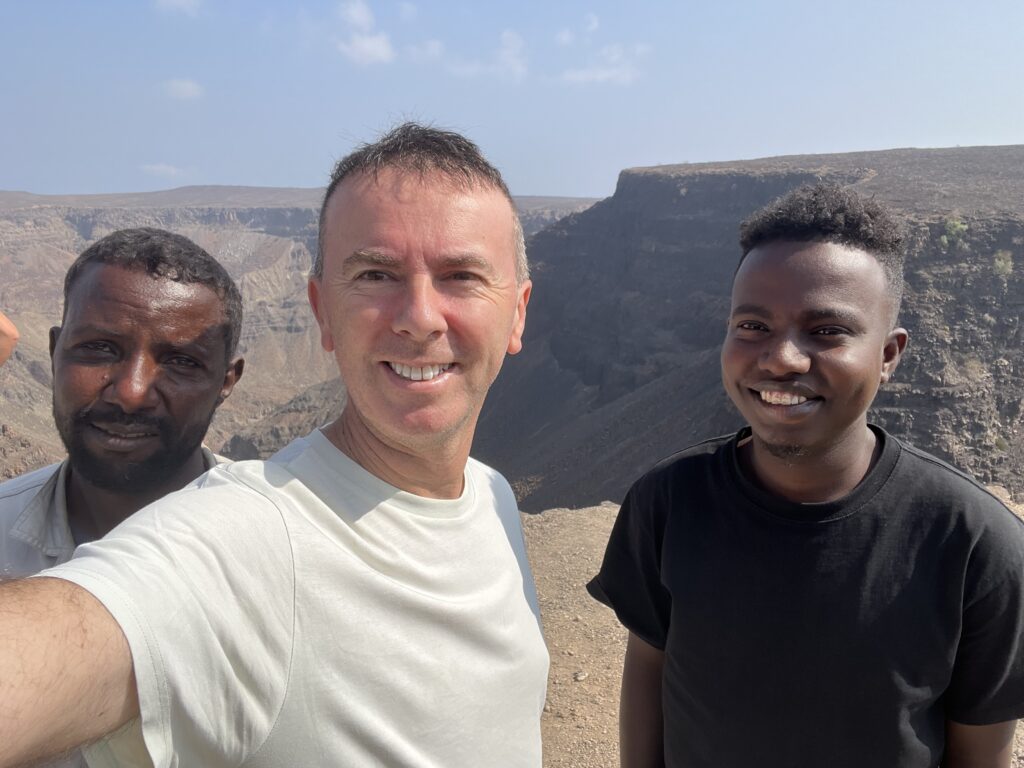
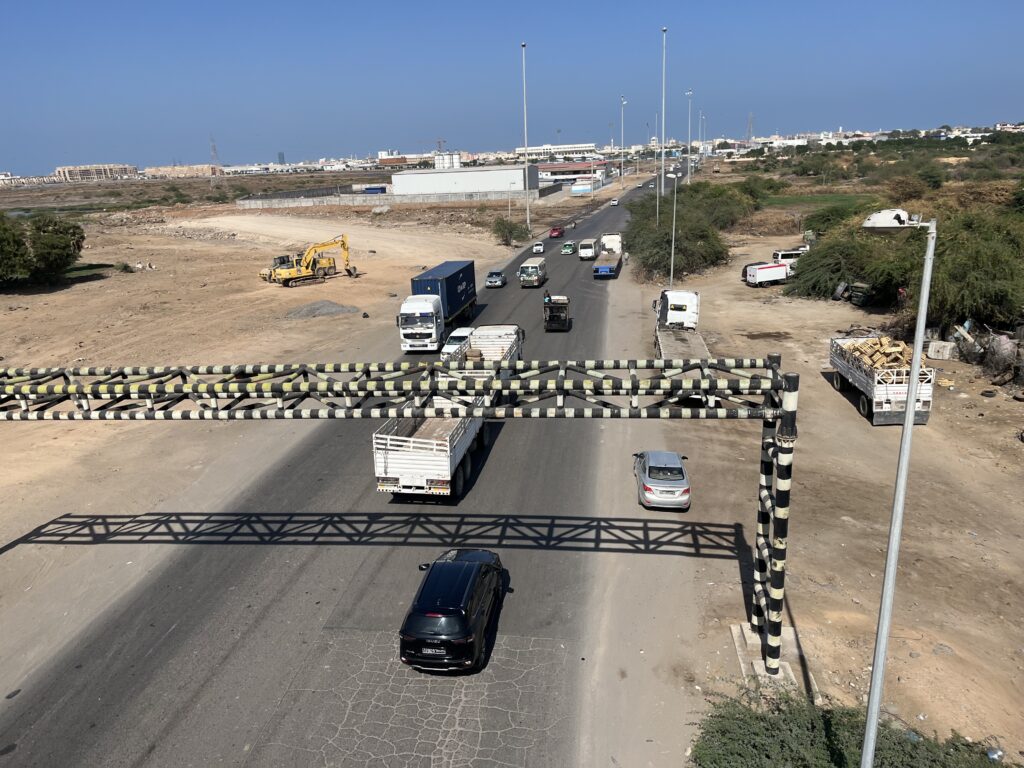
Djibouti’s population is a mix of Somali and Afar ethnic groups, with French and Arabic as official languages, reflecting its colonial past and position in the Arab world. Despite its small size and limited natural resources, Djibouti is developing its infrastructure and economy, largely through foreign investments in ports and railways, positioning itself as a regional logistics and commercial hub.

It is possible to travel around Djibouti without a tour or a guide, but getting around the country is challenging with less frequent and unknown public transport, so we traveled with a tour guide – Moussa Ballaq from Massigo Travel. He can be contacted at +253-77278015 on WhatsApp.
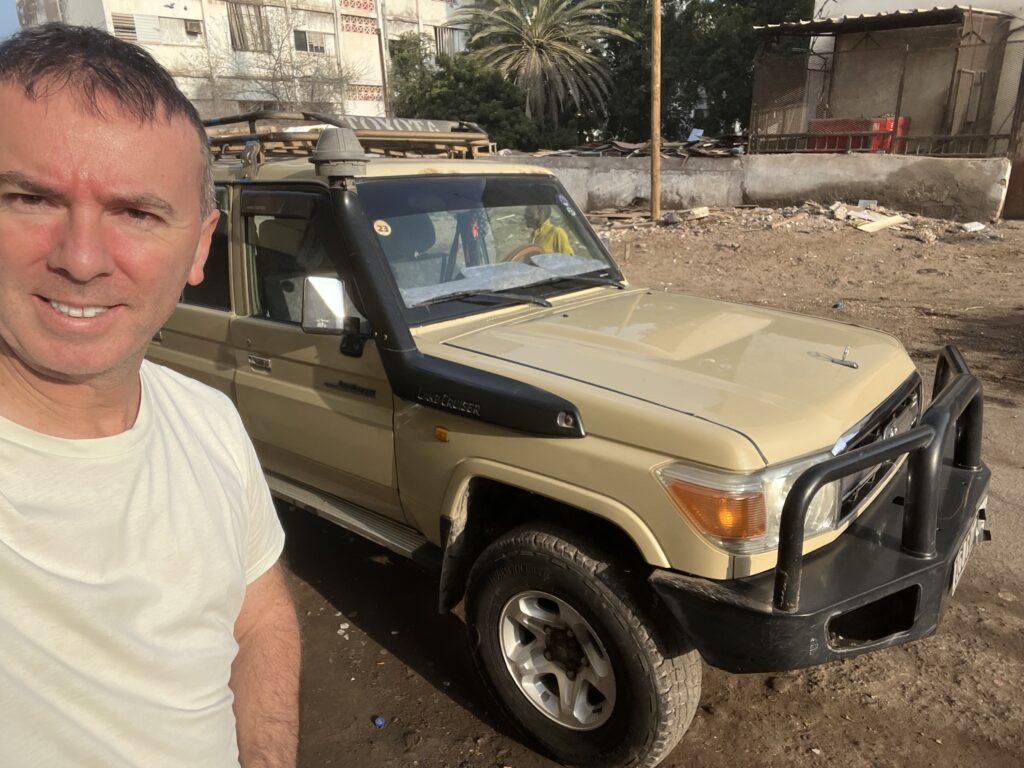
Lake Abhe
An impressive small lake located and shared between neighboring Djibouti and Ethiopia, Lake Abhe is filled with water from the Awash River that flows from Ethiopia, however, the lake water is salty. With a lunar, desolate, strange, and interestingly beautiful landscape surrounding the lake, one can distinguish the lake easily due to the dark blue-green color that is surrounded by a a land otherwise dominated by browns and black.
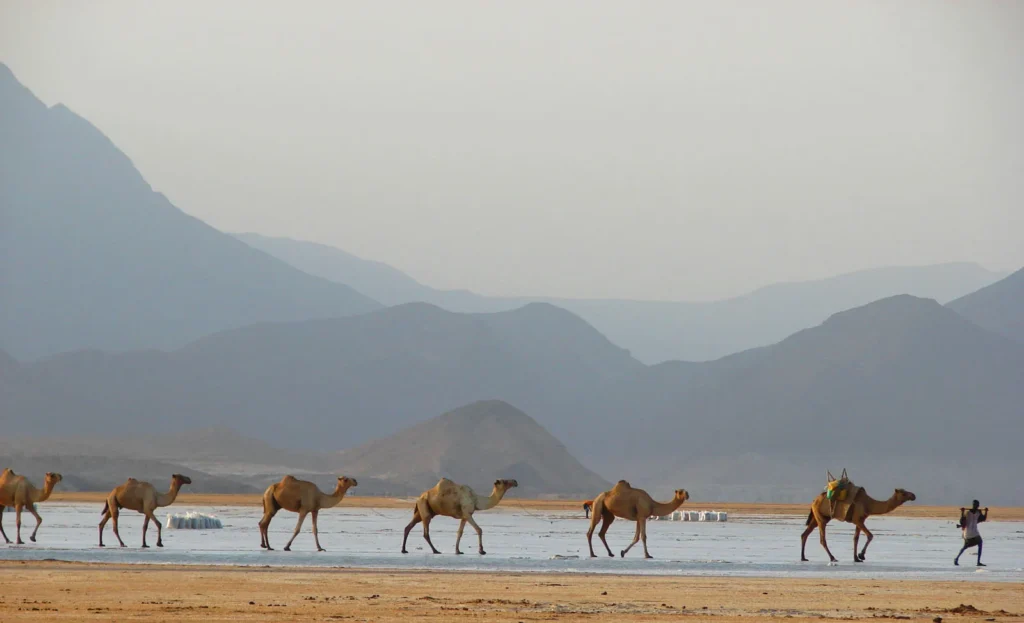
Set in the Afar Depression, the most important feature are the sulfuric vents that look more like chimneys from the Earth. Some of those vents go high up to 150 meters, and the more scientific explanation for their creation is the calcium deposit from the boiling water that bubbles up to the surface and continues as puffs of vents from the top of the chimneys.
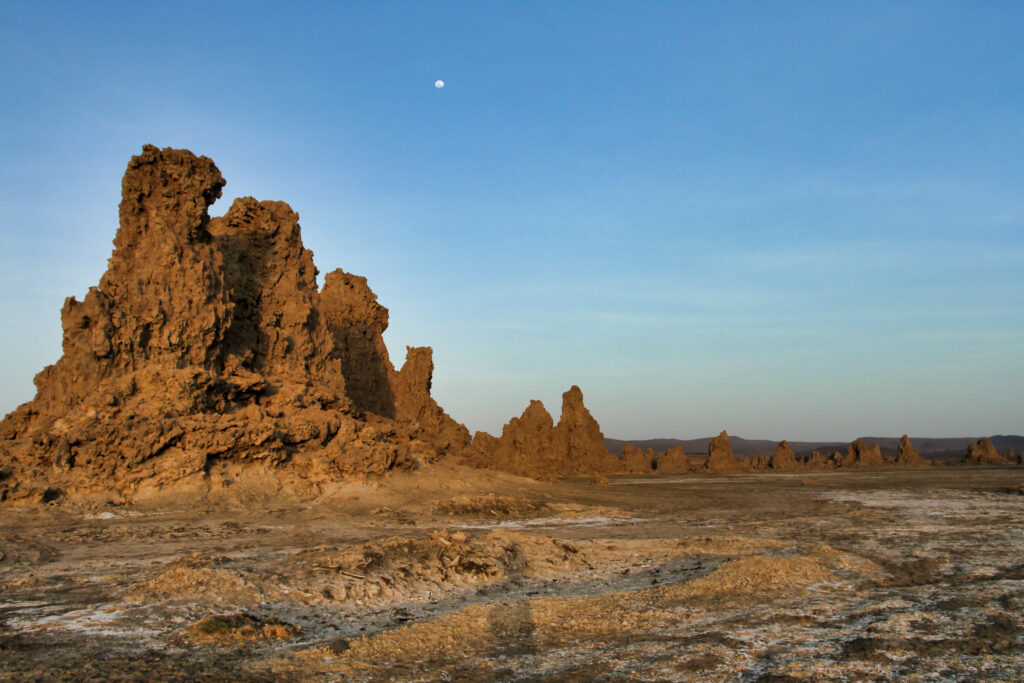
Lake Abhe offers attractive sunsets with surreal landscapes. It’s a unique experience to stay at the lake for a night. There are tent-huts operated by local Afar people that needs to be booked well in advance considering the popularity of the area. Each hut has a simple bed with a mosquito net and a ceiling fan (that often does not work!). There are shared toilets and showers that give out salty unfiltered water not suitable for a bath! Dinner was served at the campsite by the locals who live there – chopped lamb/chicken with veggies and curry, bread and soup, along with water or soda of your choice.
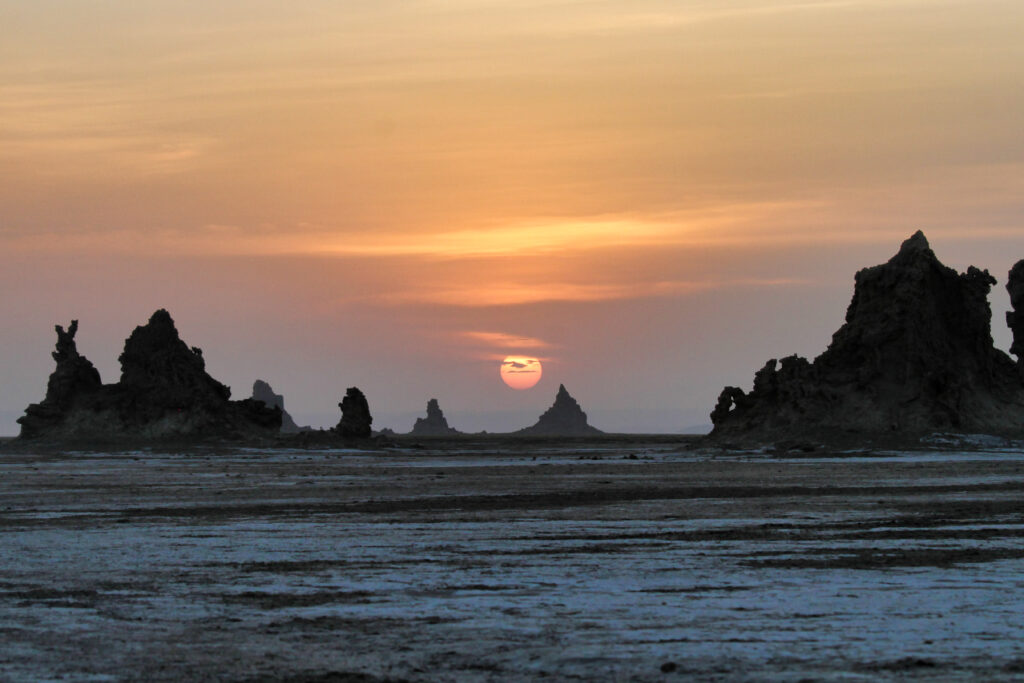
Dimbya Canyon
Djibouti’s “grand canyon”, known locally as Dimbya Canyon is where the Rift Valley begins. Locals sell pumice (volcanic rock) souvenirs carved into camels, cell phones, cars, etc.Near Dimbya Canyon, we stopped at another lookout point to see Devil’s Island in the Bay of Ghoubet.
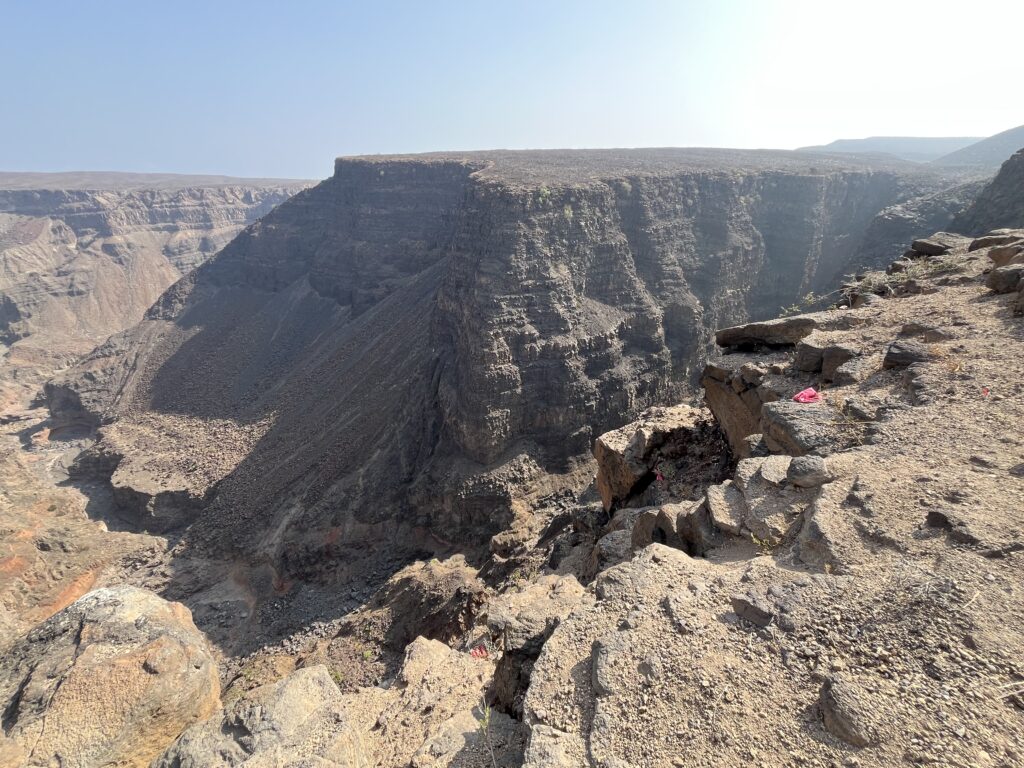
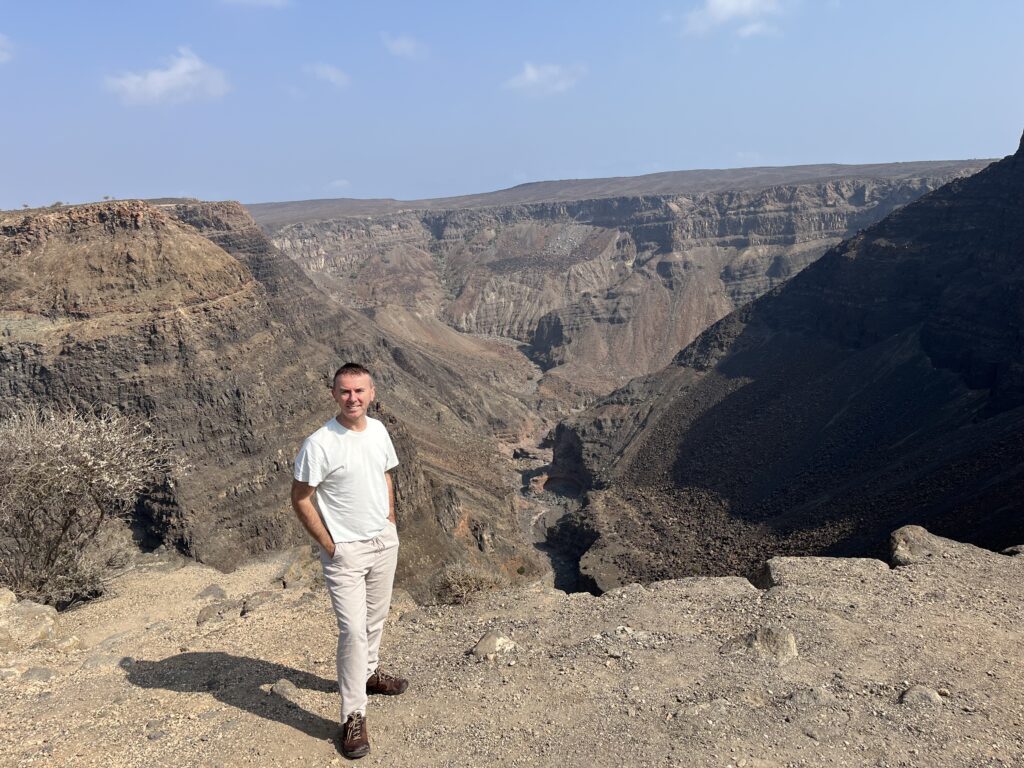
Lake Assal
Sitting at 512 feet (156 meters) below sea level, Lake Assal is the lowest point in Africa. Because of the hot temperatures, the lakes here should have evaporated long ago, but underground hot springs provide a permanent flow of water. The high amounts of evaporation that occur leave behind high levels of salt.
Although the Dead Sea is often mistaken as the world’s saltiest lake, but Lake Assal actually has the highest levels of saline than any lake in the world outside of Antarctica.
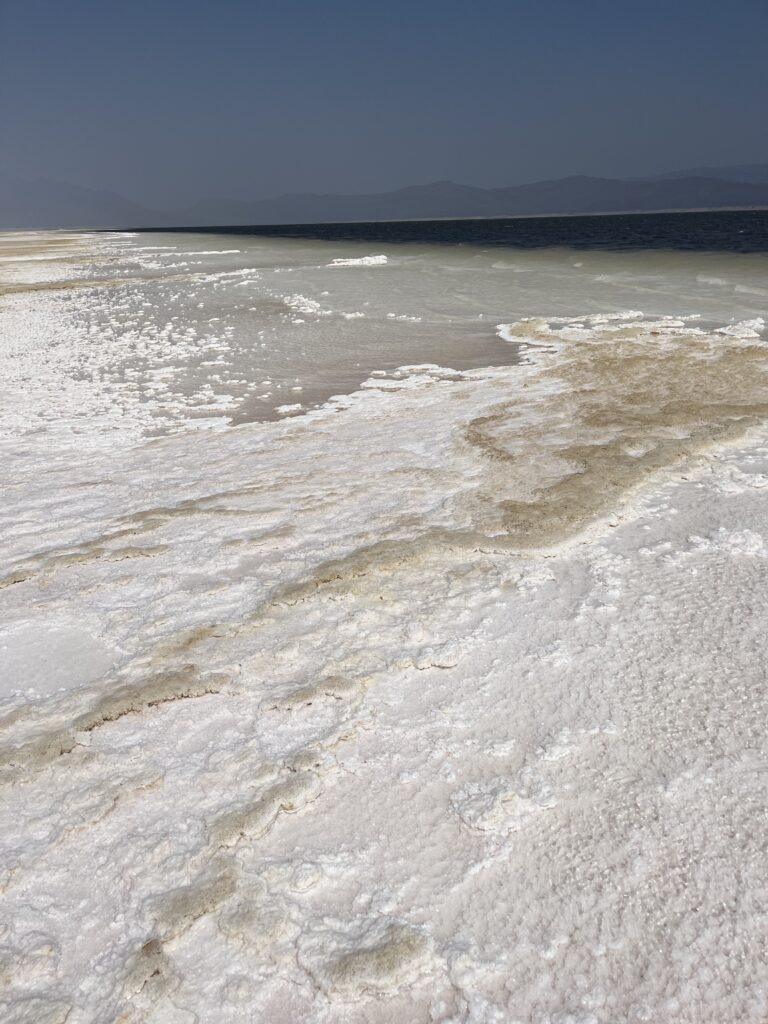
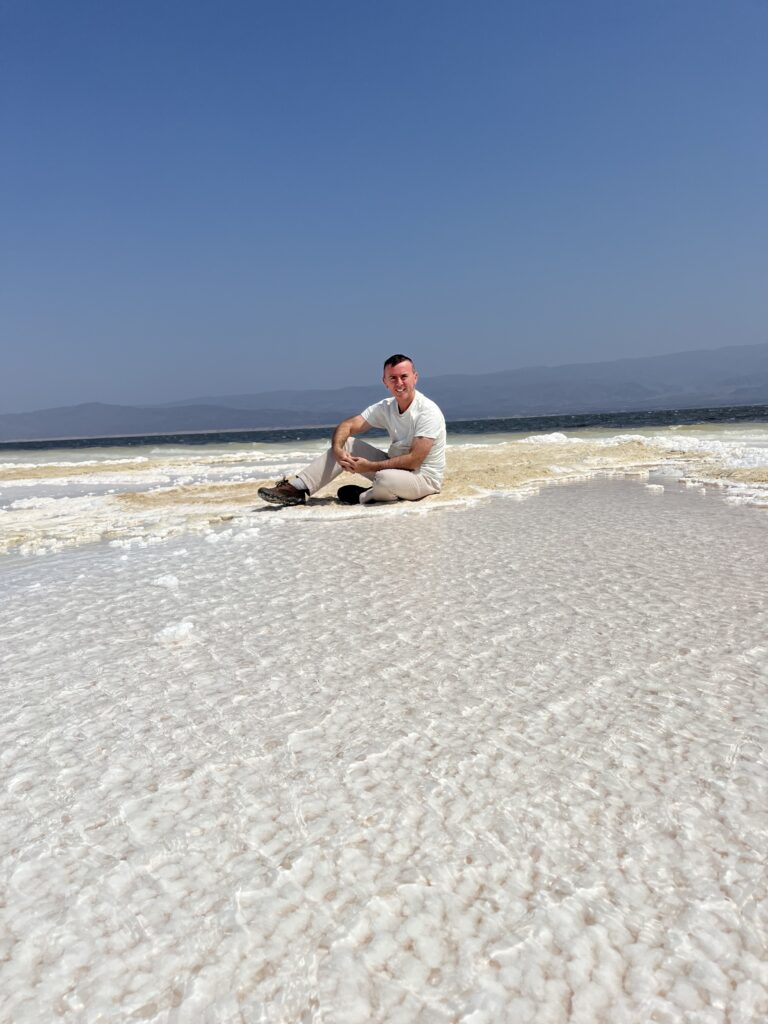
Surrounding the lake are several dormant volcanoes and lava fields. The location has been used by locals for decades to harvest salt; hauling the goods away on camelback. While the surrounding desert and volcanos are beautiful, the turquoise blue lake contrasted against the brilliantly white salt fields is breathtaking. Every bit of ground and rock in and around the lake is coated in a thick layer of salt. Local vendors often sell salt crystals, salt incrusted rocks, skulls, and other trinkets from Lake Assal.
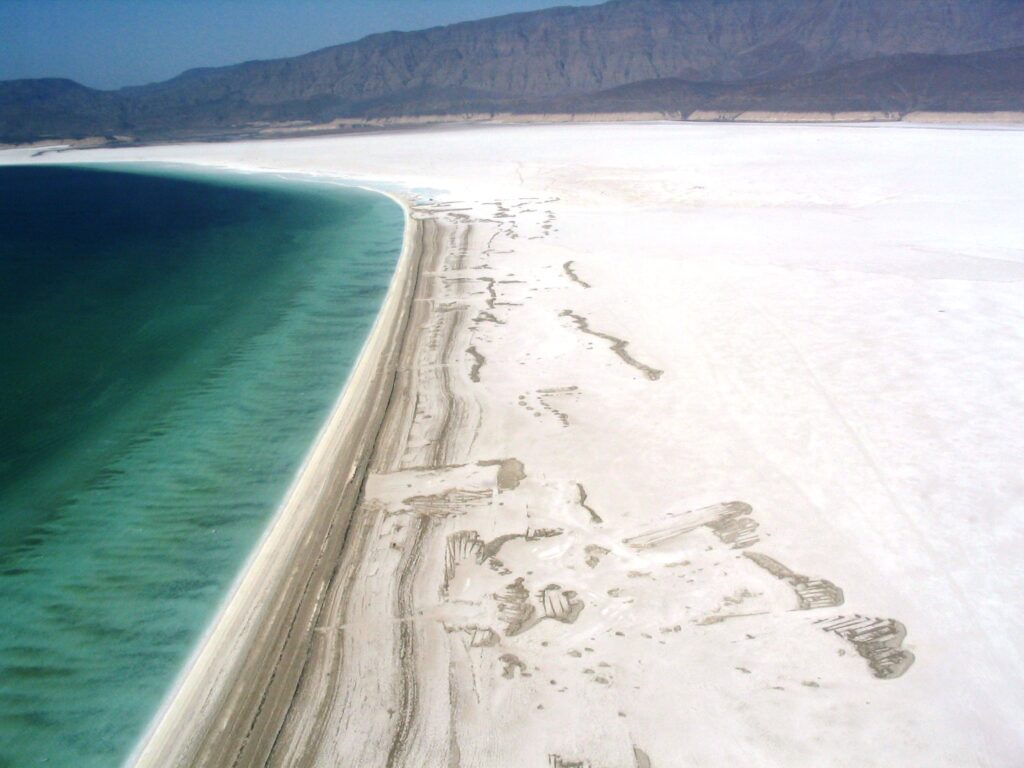
Djibouti the capital city
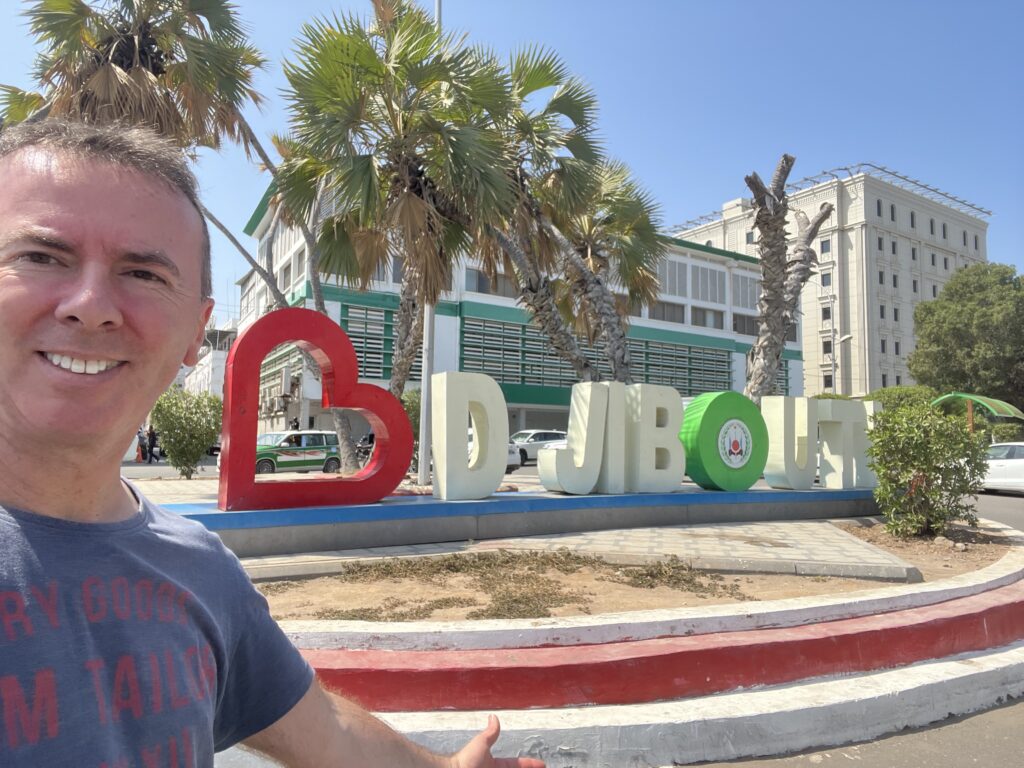
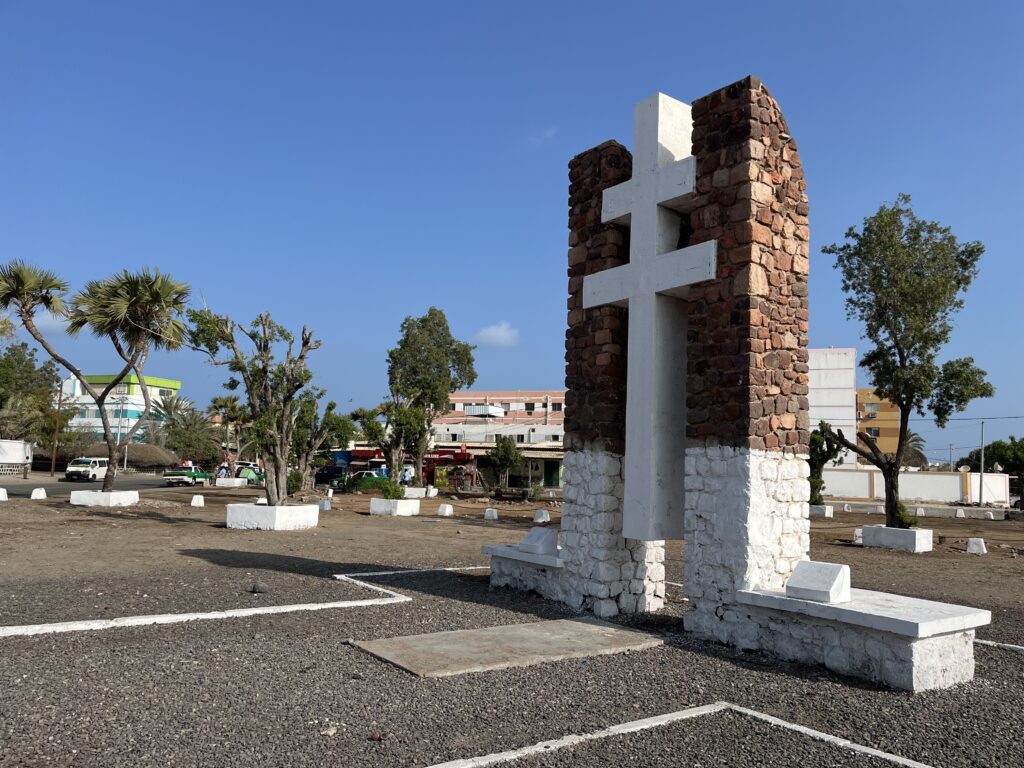

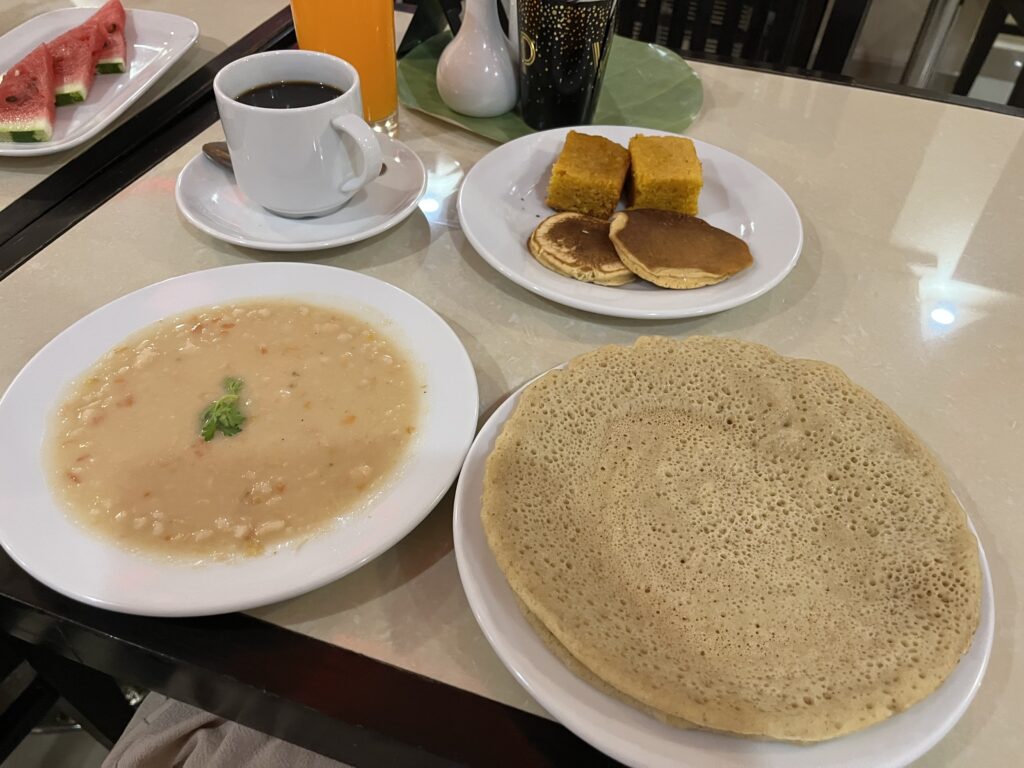
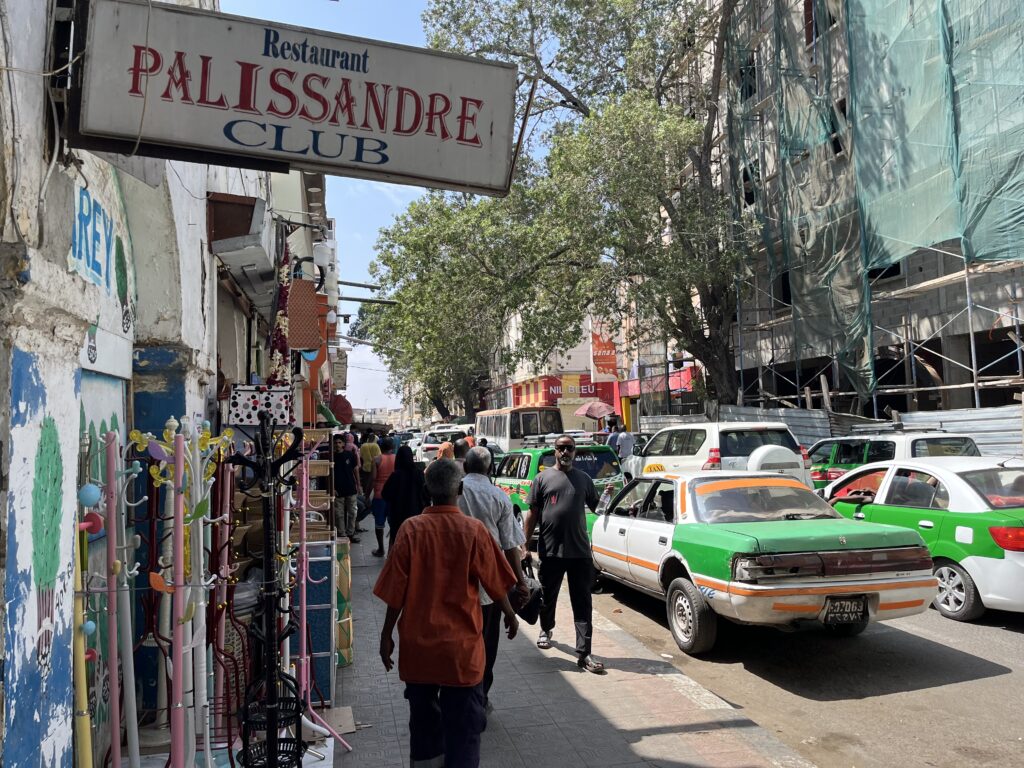
Djibouti city is not large but has some interesting French colonial heritage. A Djibouti city tour should not take more as an hour or two. I recommend doing this either on the day of arrival or departure or like I did a bit on both. My flight was in the evening so after a late breakfast I visited the various old mosques, strolled the colonial streets, visited the market, and had a good coffee at the main square.
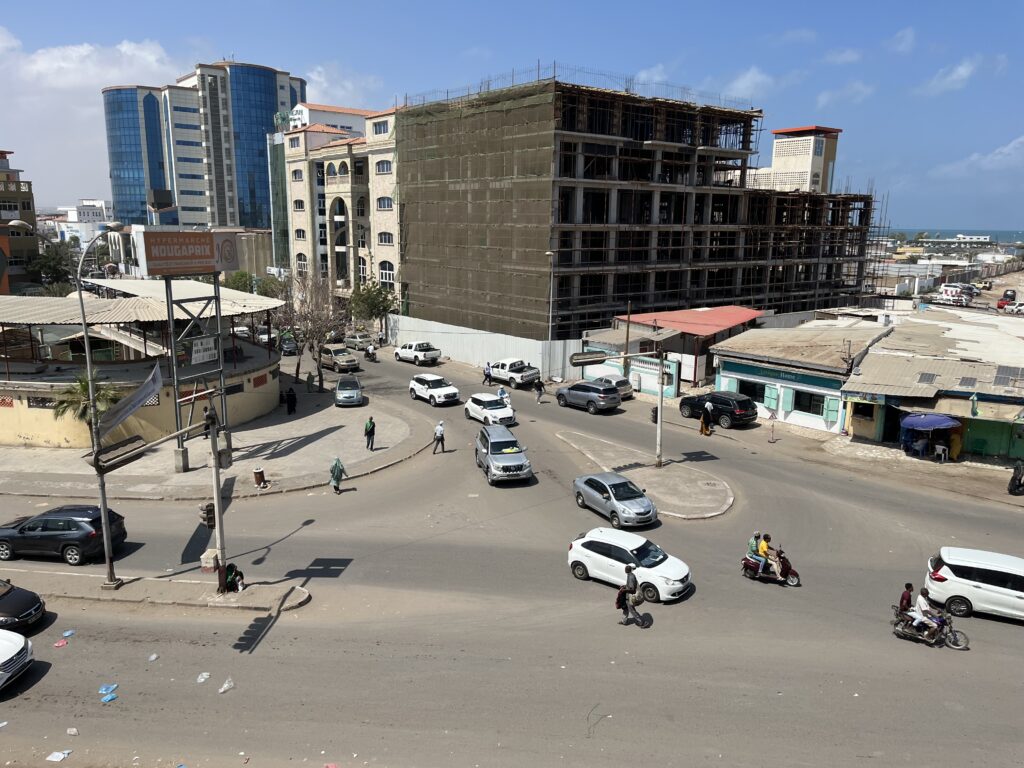
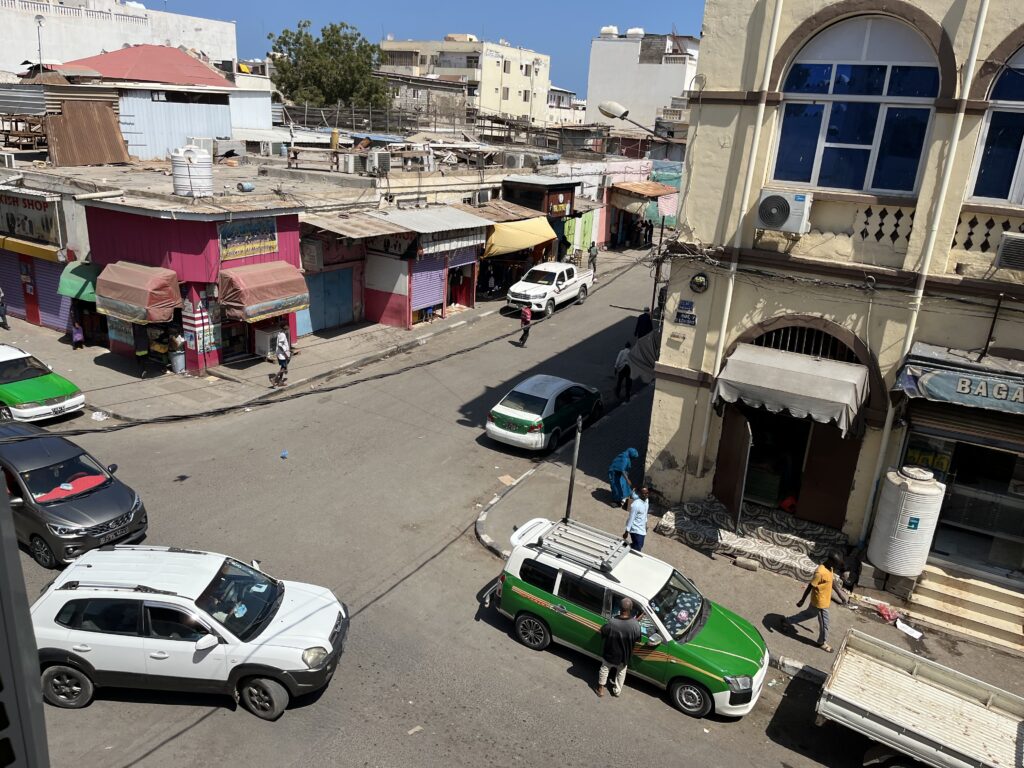
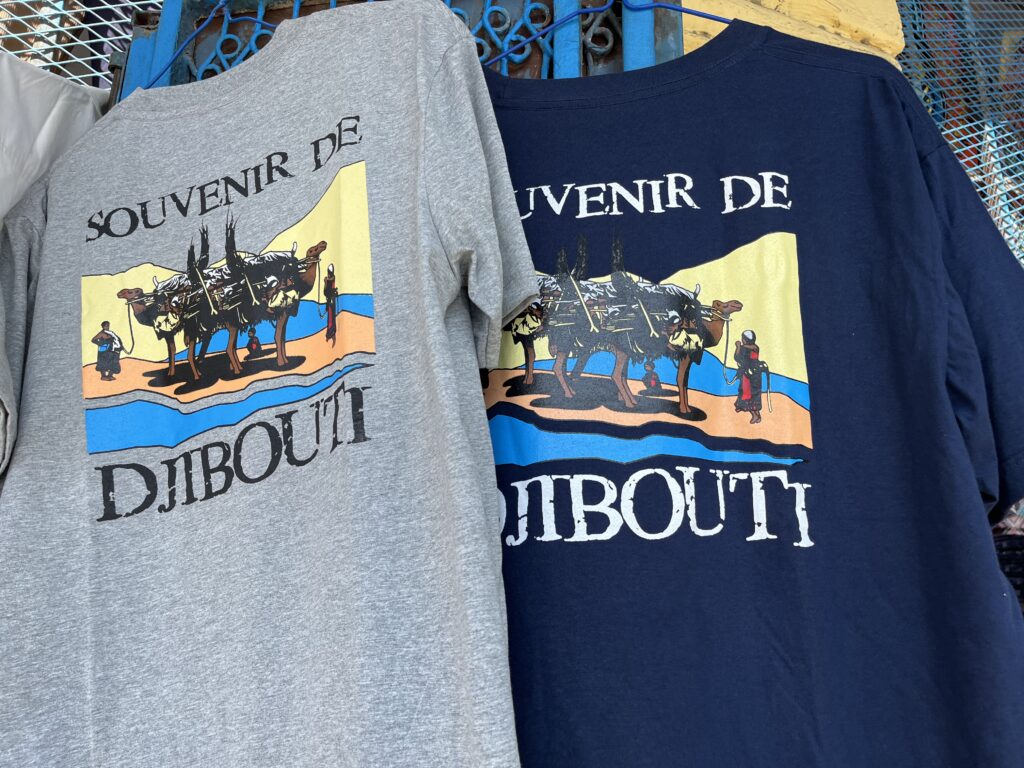
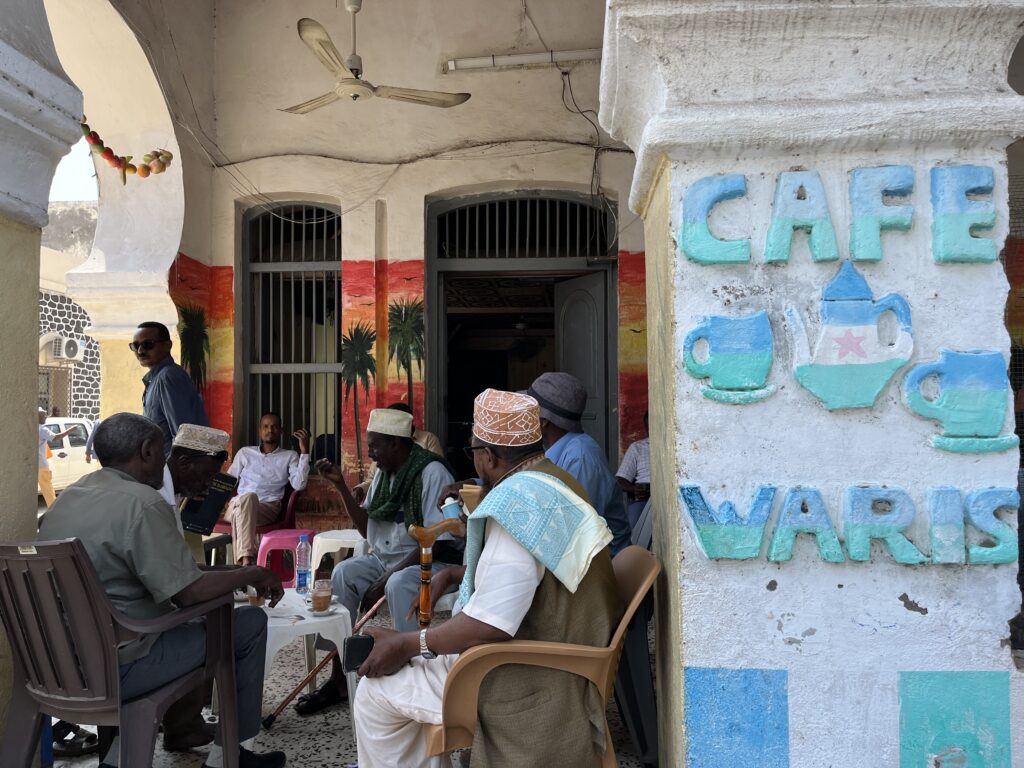
Having travelled to over 150 countries now it is logical one has less real wow moments during travel. With wow moments I mean the real wow with goosebumps. I had this more than once in Djibouti. So, do I recommend going to Djibouti? Definitely! It is an adventurous destination but as described if planned well not difficult to visit. If you are looking for alien landscapes, prehistoric art, off-roading, crystal clear waters, friendly people and good food then go to Djibouti !
